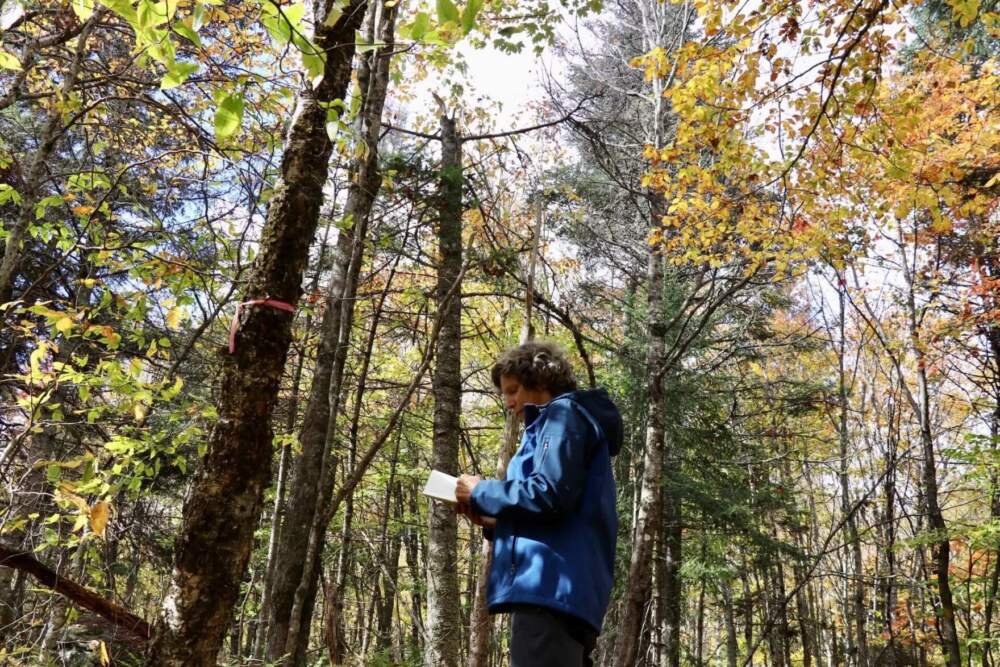Long-term research in the Hubbard Brook Experimental Forest
For over fifty years, scientists have tracked songbirds in the Hubbard Brook Experimental Forest in New Hampshire to study how their territories reflect changes in the ecosystem. The project began in 1969 with a 25-acre research plot established to monitor breeding birds and their spatial distribution.
Today, researchers like Miranda Zammarelli, a behavioral ecologist and PhD candidate at Dartmouth College, continue this tradition by recording songs such as those of the black-throated blue warbler. Each melody signals territorial boundaries, which are crucial for mating and raising young, making bird vocalizations a valuable indicator of forest health.
Birds as ecosystem indicators
Decades of mapping have documented around two dozen bird species in the area. These birds play important ecological roles, including seed dispersal and insect control. By analyzing their territories, scientists can assess habitat quality and detect shifts in bird communities as the forest matures.
Certain species, such as the least flycatcher and the American redstart, have disappeared from the site since the 1990s and early 2000s. Researchers attribute these changes to the forest’s natural regeneration process, which has transformed the habitat after being clear-cut a century ago.
From paper maps to digital archives
Biologist Dick Holmes, who launched the project, spent decades building hand-drawn maps of bird territories. Recently, Zammarelli digitized the historical records, allowing new analyses. One study found that regardless of bird population size, species tend to divide habitat equally, supporting long-term stability in breeding populations.
With more than half a century of continuous data, Hubbard Brook now represents one of the most detailed long-term records of breeding birds in the United States. The project continues to shed light on how bird communities adapt to evolving forests.







